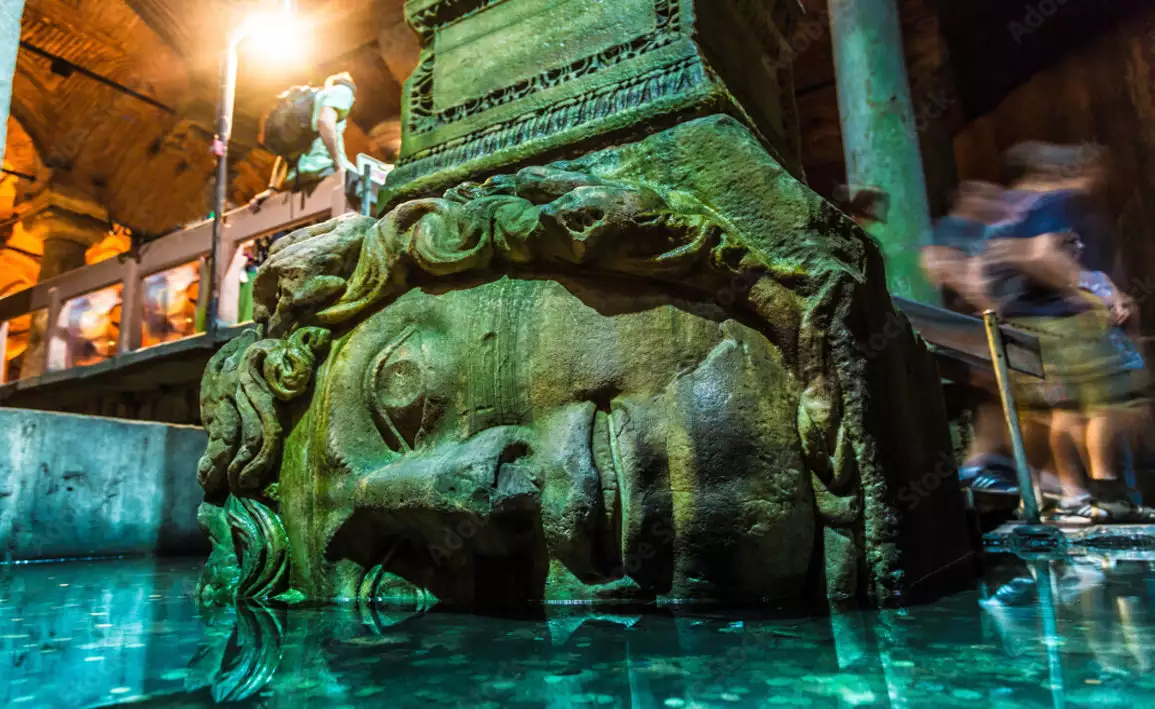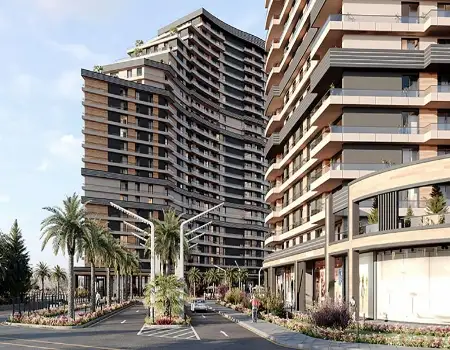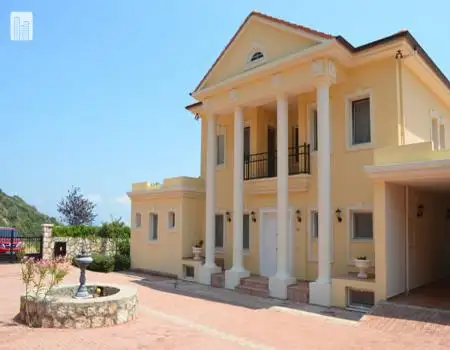
By Justin Mays:
Istanbul has no more and no less than 60 underground cisterns. Its walls have seen unimaginable things and periods of world history that many do not even know about, as some date from the year 428 or even earlier. Initially, the main function of the cisterns was to supply water to agricultural areas, but later they began to be used to guarantee the population access to drinking water.
We already know that Istanbul has dozens of historical and popular elements. One of them, how can it be otherwise, are the cisterns. But they are not cisterns like the ones you might have at home to collect rainwater, rather they have unparalleled aesthetics. Below we introduce you to the four most popular cisterns in the metropolis. We hope you like them!
Basilica Cistern
The first and most important one is the Basilica Cistern, known in Turkish as Yerebatan Sarayı, which it is translates as 'Submerged Palace'. This cistern, built in the year 532, is located about 100 meters from the Aya Sofia, in the Fatih district. The Byzantine Emperor Justinian I was the one who ordered its construction during his reign.
It is not only the most popular cistern in Istanbul but also the largest. So much so that it has an area of about 9,800 square meters, which allows it to hold about 80,000 cubic meters of water. Inside there are 336 marble columns that are responsible for supporting the roof of the cistern, all of them about nine meters high, placed in 12 rows of 28 columns each.
According to the story, the columns of the Basilica Cistern were brought to Constantinople from Anatolia, along with the same columns that were used to build the Aya Sofia. Without a doubt, this cistern is one of the most impressive constructions in Istanbul, which has become a mystical space full of magic. If you are in the metropolis, go ahead and visit the Basilica Cistern, only the 52 steps that you have to go down to observe its impressive beauty separate you from it.
Theodosius Cistern
The second cistern that we present to you is the Theodosius Cistern, also located in the Fatih district. This cistern, which is also known under the names Feodosiya and Sherefiye, was built between the years 428 and 443, during the reign of Theodosius II.
The purpose of this construction was to store the water that came to Istanbul through the Valens aqueduct, which is also in Fatih. The water from this aqueduct served as a supply for the ancient Greek sanctuary of the Nymphaeum, the Baths of Zeuxippus, and the Great Palace of Constantinople.
As you might expect, this cistern is not as big as the Basilica Cistern, which as we have mentioned above is the largest in Istanbul. The Theodosius Cistern has an area of 1,125 square meters and a height of about 11 meters. Its roof is supported by 32 marble columns, each about nine meters high. Although it was closed to the public for eight years for restoration, it is now possible to visit it again.
Nakkash Cistern
Thirdly, we show you the Nakkash Cistern, a not-so-well-known construction that is located under the Nakkash store, also in the Fatih district. It is a small cistern, which currently hosts art exhibitions. Although it may surprise that these historical spaces are used for other purposes, it is worth mentioning that, today, there are many cisterns that have been converted into restaurants or wedding halls, among others.
The Nakkaş Cistern, which was built in the 6th century, is located under a four-story boutique where one can find carpets, jewelry, and ceramics of all kinds. The cistern is only 10 meters wide and 35 meters high, but that does not mean that it is not a historical Byzantine site. So much so that it is protected by the Agency for the Protection of Historical and Cultural Monuments of the Ministry of Culture of Turkey.
What makes this cistern special is the size of its bricks and the style of its columns. According to history, in the beginning, the Byzantine emperor Heraclius filled this cistern with soil because he was afraid of water. However, years later, Emperor Basil I ordered it to restore so that it could function again.
Binbirdirek Cistern
Finally, we recommend you visit the Binbirdirek Cistern, also known as the Philoxenos Cistern. This cistern was built in the 4th century, during the reign of Constantine I, but from the 16th century it began to be used as a studio because, over time, it dried up.
It is the second largest cistern in Istanbul, after the Basilica Cistern. Specifically, the Binbirdirek Cistern has about 3,584 square meters and 212 columns, although initially there were 224. Even its own name is related to its size. 'Binbirdirek' means '1,001 columns', which, although the cistern does not have that many, already gives a clue to its assistants of how big it is.
Currently, it is allowed to make cultural visits to this cistern, although it is worth mentioning that it is also used for exhibitions, weddings, banquets, concerts, and other events.
Consultation
















.webp)
